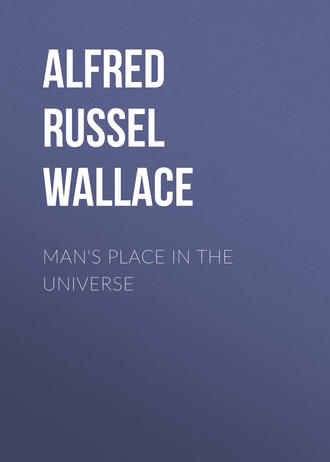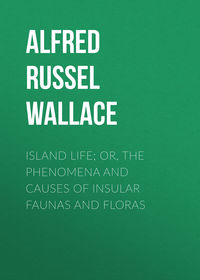Man's Place in the Universe
 полная версия
полная версияMan's Place in the Universe
Жанр: учебная и научная литературазарубежная образовательная литератураестественные наукиастрономиязнания и навыки
Язык: Английский
Год издания: 2018
Добавлена:
Настройки чтения
Размер шрифта
Высота строк
Поля









